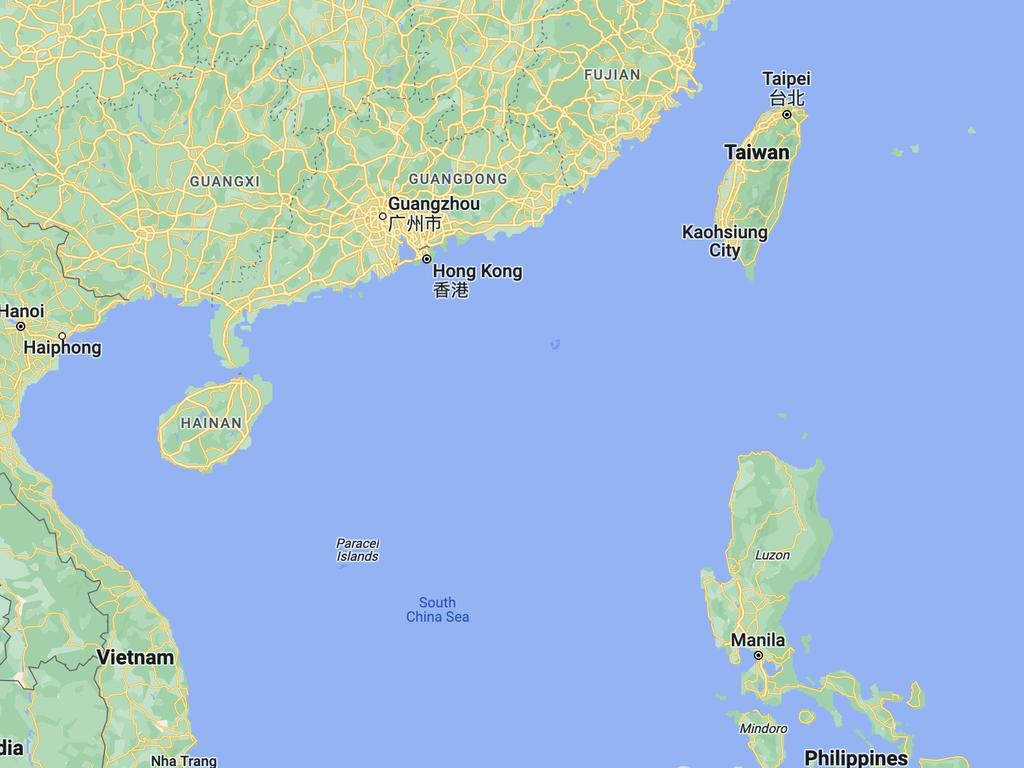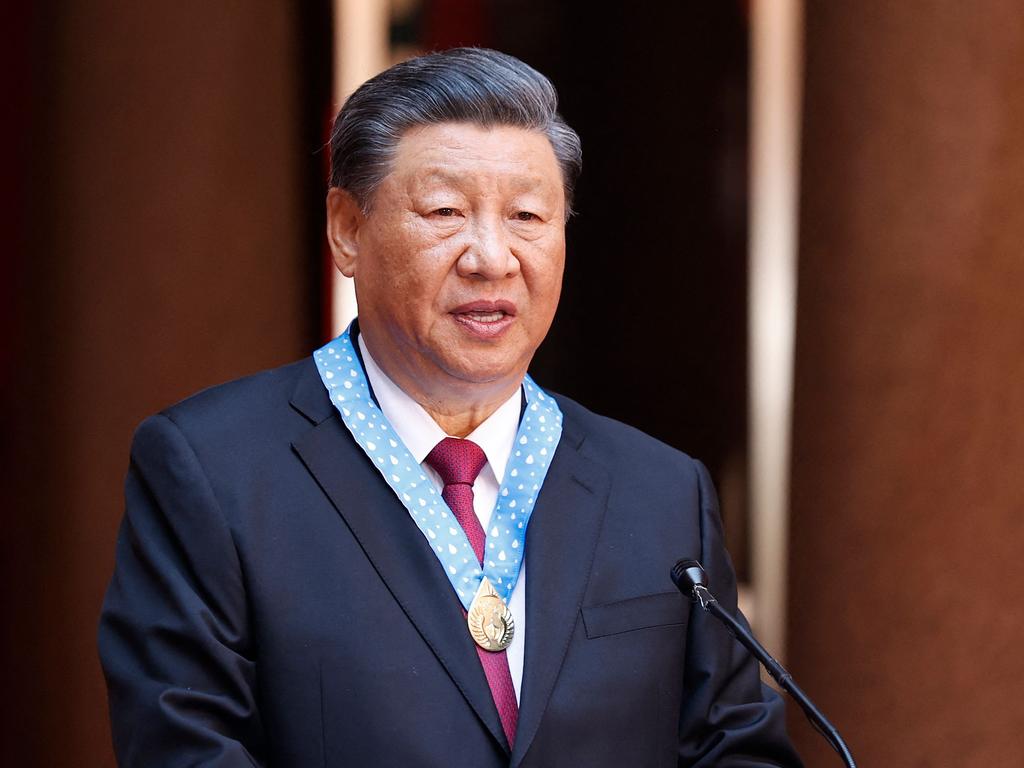Why the South China Sea is a major flashpoint for Asia in years to come
A recent spat over one of the most hotly-contested regions on the planet has analysts wary of a spillover that could spell disaster.

Competing claims to the South China Sea and its hundreds of reefs and islands have for decades been a source of tension in the region.
The latest spat erupted on August 5 when Chinese coast guard vessels blocked and fired a water cannon at a Philippine resupply mission to a remote outpost in the disputed waters.
Such incidents have fuelled fears of a potential miscalculation or accident igniting a military conflict that could draw in the United States.
AFP looks at the territorial disputes in the sea and what’s been done to resolve them.
The South China Sea covers more than three million square kilometres, ringed by southern China, Taiwan, the Philippines, Borneo island and mainland Southeast Asia.
Most of its hundreds of small islands, islets and rocks were originally uninhabited. The Paracel and Spratly chains contain the biggest islands. Scarborough Shoal is a small outcrop in the east.
Why does it matter?
The sea is the main maritime link between the Pacific and Indian oceans, giving it enormous trade and military value.
Its shipping lanes connect East Asia with Europe and the Middle East, with trillions of dollars in ship-borne trade passing through the sea annually.
Huge unexploited oil and gas deposits are believed to lie under the seabed, though estimates vary greatly.
The sea is also home to some of the world’s biggest coral reefs and, with marine life being depleted close to coasts, it is important as a source of fish to feed growing populations.

Who claims what?
China and Taiwan both claim nearly all of the sea, while Vietnam, the Philippines, Malaysia and Brunei each have overlapping stakes to parts of it.
Beijing’s argument is based largely on Chinese maps dating back to the 1940s. It originally used an 11-dash line to demarcate its claims, but it was reduced to nine dashes under former leader Mao Zedong.
The expansive claim approaches the coasts of other countries. The Paracel Islands are claimed by China, Taiwan and Vietnam, though Beijing has held all of them since a conflict with South Vietnam in 1974.
China has also controlled Scarborough Shoal — a rich fishing ground 230 kilometres off the Philippine island of Luzon — since seizing it from the Philippines in 2012 following a tense standoff, and it holds at least seven of the Spratly Islands.
Vietnam controls 21 rocks and reefs in the Spratlys, while the Philippines has outposts on nine reefs and islands in the archipelago.
Taiwan holds the largest feature in the Spratlys, Itu Aba, while Malaysia controls five others.

How do they assert their claims?
For years, rival claimants have been building up the tiny reefs and islets to bolster their claims to ownership.
China’s land reclamation program has been particularly aggressive. In the past decade, it has ripped up thousands of hectares of reef in the archipelago to create militarised islands, with runways, ports and radar systems.
China also deploys hundreds of coast guard and other vessels in key parts of the sea, often more than a thousand kilometres from the Chinese mainland, to guard particular features such as Scarborough and perform other security duties.

There have been two armed conflicts between China and Vietnam in the sea that killed more than 130 Vietnamese troops.
Beijing gained control of the Paracel Islands in 1974 after clashes with the South Vietnamese Navy.
The other major conflict occurred when Vietnam and China fought a naval battle on Johnson Reef in the Spratlys in 1988.
Relations between China and the Philippines have been frayed by disputes over the waters, but incidents on the open sea have so far not resulted in military conflict.

What are diplomats doing?
The 10-member Association of Southeast Asian Nations and China adopted a non-binding “declaration of conduct” in 2002 to discourage hostile acts. All sides agreed not to use threats or force to assert claims.
But negotiations since then to turn it into a legally binding “code of conduct” have failed. Manila will host another round of talks this week.
In 2013, the Philippines filed an international arbitration case against China. The Permanent Court of Arbitration in The Hague ruled in Manila’s favour, declaring China’s “nine-dash-line” has no legal basis.
Beijing refused to take part in the proceedings and has ignored the judgement.



